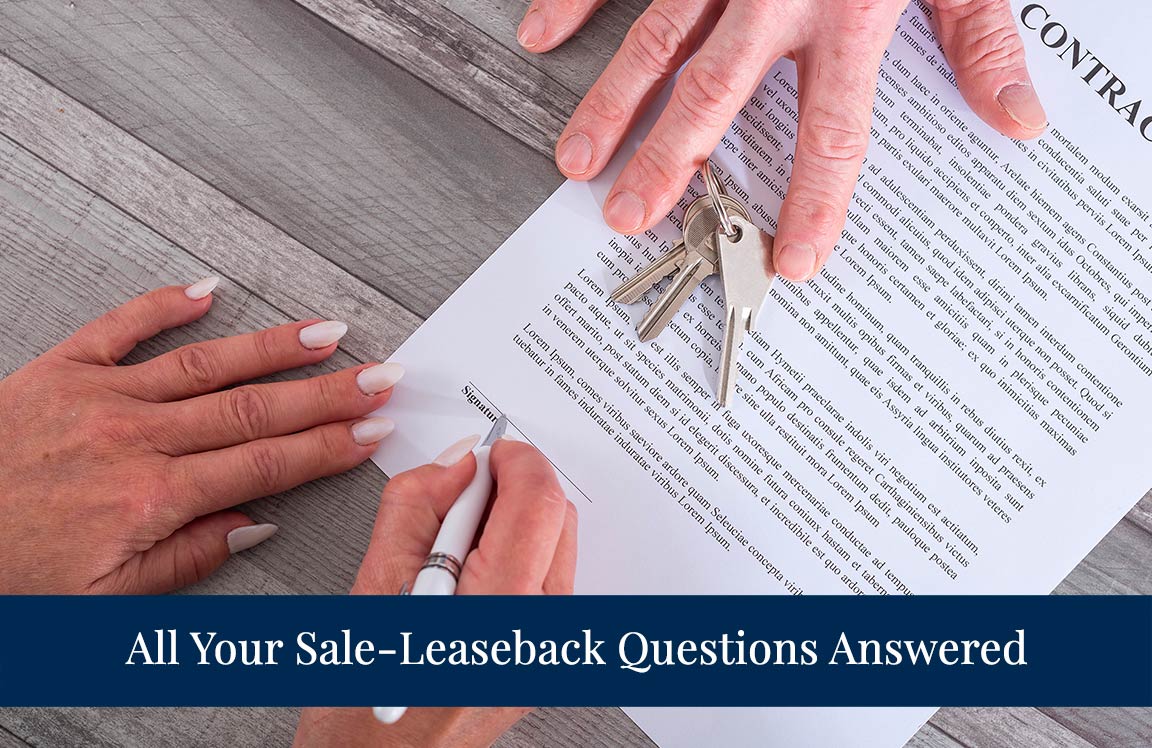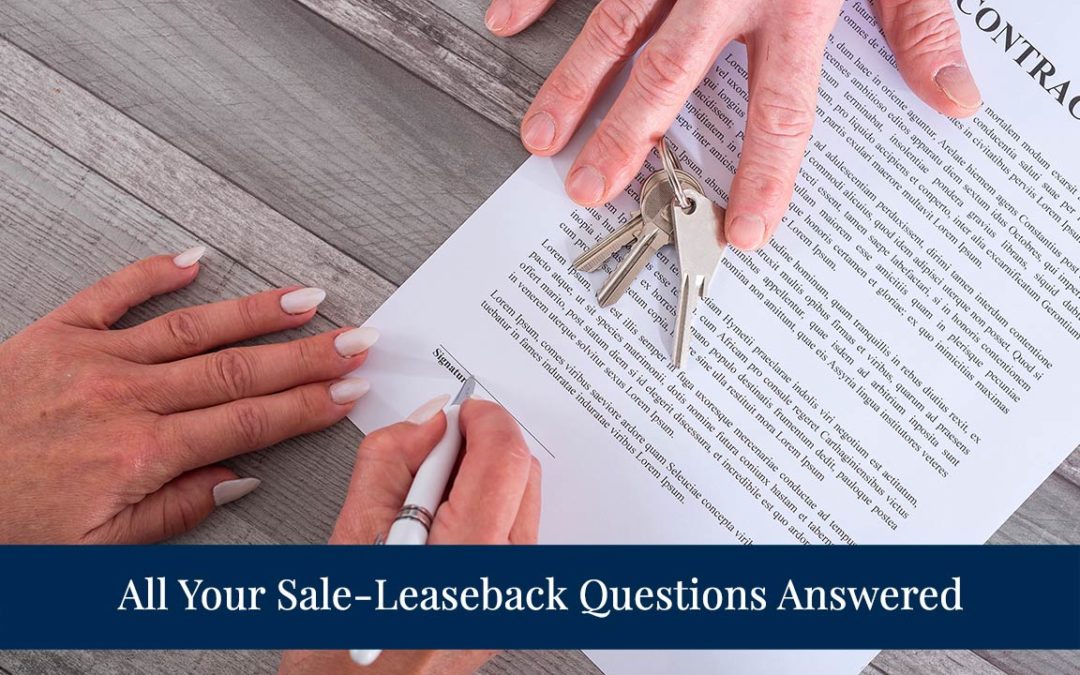In The News
Sale-Leaseback Transactions in Utah
What is a Sale-Leaseback Transaction and Why Would I Want One?
May, 2021
As a commercial real estate agent in Salt Lake City, Utah, I get asked about the pros and cons of a Sale-Leaseback transaction. In the following article I explain what a Sale-Leaseback transaction is and how it can be a win-win for both parties.
If you’re looking for a way to free up some balance sheet capital without losing the ability to use your asset, then we have the perfect solution for you.
Sale-leaseback transactions are a great option if you want to get out of real estate while still being able to use it. It’s an investment that can be used as collateral and is cash-flowing from day one!

What is a Sale-Leaseback Transaction?
A sale-leaseback transaction is when a company sells its commercial property to an investor and then leases the property back from the investor. The buyer typically expects that as rents rise, they will be able to sell their investment at a higher price in the future. A sale-leaseback can also help with cash flow and debt management for smaller companies who need to borrow money for operations but have difficulty qualifying for traditional financing.
The advantages of leasebacks are many: it generates more revenue than if you were renting out your space or selling it outright; you’re not responsible for maintenance costs (though this responsibility may shift over time); and there’s no risk of vacancy because your own employees occupy the space on a long-term basis.
Common types of sale-leaseback transactions occur between a buyer and a seller who are both in the real estate industry. For example, if an investor bought land to develop condos, they might sell some of their interest back for cash flow or as collateral on debt. However, there is no “typical sale-leaseback transaction.”
Types of Sale-Leaseback Transactions
An investment property owner can do two types of sale-leaseback transactions: sale-leaseback or capital lease.
In a sale-leaseback transaction, the property owner sells their interest in an investment property to a buyer for cash and agrees to rent it back from them. The seller can take advantage of financing options like mortgages with favorable terms if they need additional money after selling part of their stake on the deal.
In a capital lease transaction, the property owner sells their interest in an investment property to a buyer for cash and agrees to lease it back from them. The seller can take advantage of financing options like mortgages with favorable terms if they need additional money after selling part of their stake on the deal.
Pros and Cons of doing a Sale-Leaseback
Pros :
- Cash flow: After agreeing to rent the property back, the tenant can deduct rent payments as a business expense.
- Tax benefits: You can set up a sale leaseback transaction to defer the gain on your investment property.
- Fixed monthly fee payments: When you sell part of your stake in a capital lease or sale leaseback, you will still be responsible for fixed mortgage and rent payments each month.
- You have greater liquidity: A sale leaseback can be advantageous for the property owner because they obtain a lump sum of cash to use for other projects, or it may allow them to sell off part of their real estate portfolio. Another advantage is that you don’t need a tenant in place before selling. The seller doesn’t worry about rent or investment income; they are simply profiting from the sale of their property.
- You have a tenant: The buyer also benefits because they don’t need to find tenants right away and can enjoy rental income for as long as you’re leasing back your commercial space. It’s not too difficult to find someone currently renting in that building who is looking for a larger space or someone who wants to buy the building.
- You don’t have tenant: The leaseback arrangement can be an option if you’re in need of quick cash and cannot qualify for traditional financing.
- Your sale lease back may qualify as seller financing which offers tax advantages because it is not considered a loan, it is considered a sale.
- There are many ways to finance a sale leaseback transaction, but the two most common methods are seller financing and an equity investor with a hard money loan.
- Seller Financing: The buyer pays cash for your property and you agree to continue paying off any loans that were attached to the property in order for it to be sold.
- Equity Investor: The buyer pays cash for your property and you agree to continue paying off any loans that were attached to the property in order for it to be sold, but this time an investor is involved who provides a loan upfront which will be paid back when the sale leaseback has been repaid.
Cons :
The disadvantages of sale-leasebacks are that you’re not free to make changes as often as if the building were yours. You may have a higher mortgage payment, which can affect your cash flow and debt management; there is risk inherent in any investment property because prices could drop or leases could expire before you sell them for profit.
Other cons could include the risk of a tenant not renewing their lease or the need for costly repairs.
In most cases the sale-leaseback is a win-win for both parties. You’ll never lose your property or have any monthly payments with this type of transaction because the seller buys it back at the end of the lease term. Contact Jody Jones with Align Commercial Real Estate today 801-577-2175 and let’s talk about how this could work for you!
Contact Jody Jones
Get In Touch

Jody Jones, CCIM
1075 East Hollywood Avenue
Salt Lake City, Utah 84105
jody@acresutah.com
801.577.2175
AREAS WE SERVE:
Salt Lake City
Downtown | 9th and 9th | Granary District
Sugarhouse | Cottonwood Heights | Millcreek | Murray | West Valley | South Jordan

